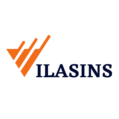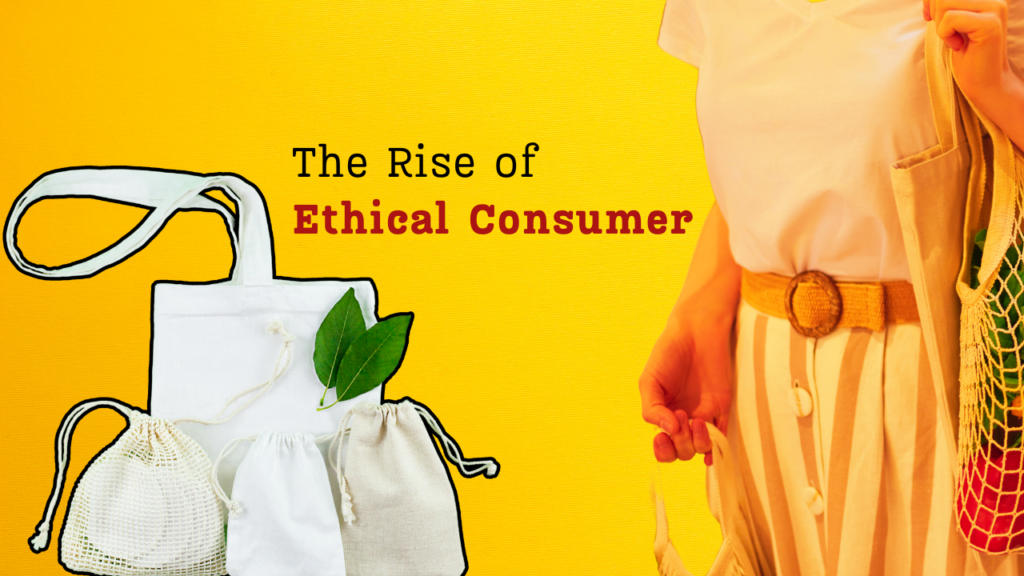AI Art Generation: Revolutionizing Creativity and Engagement in the Workplace
The advent of AI-generated art has sparked significant discussions in the realms of creativity and technology. This innovative intersection has led to ground-breaking advancements, reshaping how we perceive and create art. Beyond the creative sector, AI art is finding applications in various fields, including human resources (HR), where it can enhance employee engagement and workplace creativity. This story delves into the perspectives of industry leaders on the utilization and implications of AI-generated art in modern business environments.
Mr. Chirag Shah, Founder and Business Head, Boch & Fernsh Inc., emphasizes the transformative potential of AI-generated art in HR. “AI-generated art has truly pushed the boundaries of creativity for artists; the unique, innovative perspectives it provides have resulted in some thought-provoking pieces. It is no longer limited to creative jobs; we are increasingly seeing it make its space in people’s personal lives. I believe that AI can be utilized well in HR since it gives us the chance to create personalized digital and physical workspaces and make our environment more inspiring, break free from conventional patterns of thinking with out-of-the-box brainstorms, and participate in collaborative art projects involving AI. At B&F, we have been considering making AI-generated art pieces a part of our office space along with our current Mandala art pieces, to make the setting more inspiring.”
Mr. Shah highlights the potential for AI art to enhance wellness programs by creating calming and visually appealing break areas or meditation spaces. These AI-generated artworks can act as stress relievers, significantly improving mental health and overall workplace well-being. “The need for break areas or meditation spaces is immense in offices. Successful wellness programs can be created with AI-generated art that is calming and relaxing visually, as these act as great stress relievers and significantly improve mental health,“.
However, the incorporation of AI-generated art is not without challenges. Shah points out the complexities surrounding the ownership and copyright issues of AI-created works. “The ownership of AI-generated art can be quite complex to navigate, and this leads to copyright and intellectual property issues – so, we have to be very careful while integrating AI visual elements into our creative output. Authenticity has also been a concern, as accurate attribution of work becomes complicated with AI and it often undervalues human-created art.”
Despite these challenges, AI art augments the work of artists and designers by automating repetitive tasks, allowing them to focus on more creative aspects of their work. Shah believes that “AI art augments the work done by artists and designers as AI tools can automate repetitive tasks and allow artists to focus on more creative aspects of their work. It also makes them more flexible to learning new things and innovate, and develop hybrid workflows to combine human creativity with AI elements. In the future, training in AI technologies is highly likely to become a part of design education programs – which is something quite exciting and transformative.”
Mr. Yogesh Vyas, Co-founder, Exhibetter, shares a similar enthusiasm for AI-generated art. He highlights “While AI-generated art can make workspaces more innovative and inspiring, it can also be used for customizing art awards for recognition to make employee achievements more meaningful. AI art serves as visual stimuli for discussions and brainstorming sessions, and we’ve been observing how it has improved the quality of ideas within our team at Exhibetter. Training and induction sessions for new employees are also enhanced by including AI-generated art.”
However, Mr. Vyas also acknowledges the complexities of integrating AI-generated art into IT systems and digital content. “Integrating AI-generated art into IT systems and digital content is tricky business. Now that we’re exploring how to effectively use it for booth designs and planning, we also realize how much data handling needs to be done to prevent data breaches from happening. Malware may also disrupt AI algorithms and corrupt the data used in generating art.”
He believes that “AI-generated art has its own pros – it inspires artists to think outside the box, makes intricate design processes automated to give them more creative focus, and helps them learn new technologies to work effectively. Future design practices will be positively impacted by new AI-generated art, as designers will be required to have some levels of tech understanding to utilize it well.”
AI-generated art is revolutionizing various aspects of the business world, particularly in HR and employee engagement. While it offers numerous benefits, including enhanced creativity, stress relief, and innovative brainstorming, it also presents challenges related to copyright, authenticity, and security. As AI technologies become increasingly integrated into creative processes and design education, the future holds exciting possibilities for the harmonious blend of human creativity and artificial intelligence. By navigating these challenges thoughtfully, businesses can leverage AI-generated art to create inspiring and dynamic work environments.



